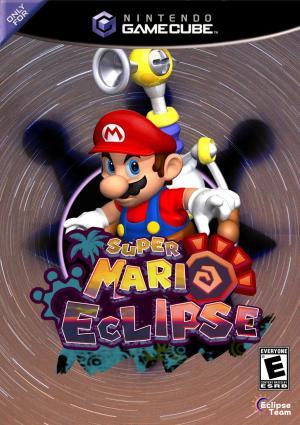![The Legend of Zelda: The Wind Waker [Limited Edition]](https://gm.egamedb.com/the-legend-of-zelda-the-wind-waker-limited-edition-fct-nintendo-gamecube.jpg)
| Console: | Nintendo GameCube |
| TV Standard: | PAL |
| Country: | United Kingdom of Great Britain and Northern Ireland |
| Developer(s): | Nintendo |
| Publisher(s): | Nintendo |
| Release Date: | 2003-05-01 |
| Players: | 1 |
| Co-op: | No |
| ESRB: | E - Everyone |
| Type: | Adventure |
The Legend of Zelda: The Wind Waker[b] is an action-adventure game developed and published by Nintendo for the GameCube home video game console. The tenth installment in The Legend of Zelda series, it was released in Japan in December 2002, in North America in March 2003, and in Europe in May 2003.
The game is set on a group of islands in a vast sea, a departure for the series. The player controls series protagonist Link as he attempts to save his sister from the sorcerer Ganon and becomes embroiled in a struggle for the Triforce, a sacred wish-granting relic. Aided by allies including pirate captain Tetra – an incarnation of Princess Zelda – and a talking boat named the King of Red Lions, Link sails the ocean, explores islands, and traverses dungeons to acquire the power necessary to defeat Ganon. Wind, which facilitates sailing, plays a prominent role and can be controlled with a magic conductor's baton called the Wind Waker.
The Wind Waker was directed by Eiji Aonuma and produced by Shigeru Miyamoto and Takashi Tezuka. Development began in 2000. It retains the basic 3D gameplay of its predecessors, Ocarina of Time and Majora's Mask, but the team chose to avoid the art style of previous games. Instead, they implemented a distinctive cartoon-like art style created through cel shading.
At its release, The Wind Waker received critical acclaim for its visuals, gameplay, level design, music, and story. The art direction proved divisive among players and contributed to comparatively weak sales; the game sold 4.6 million copies, far below the 7.6 million sold by Ocarina of Time. As a result, Nintendo changed directions with the next Zelda installment, the more realistically styled Twilight Princess. However, The Wind Waker's reputation improved over time, and it is now widely considered one of the greatest video games ever made. The Wind Waker originated the "Toon Link" character, and received two direct sequels for the Nintendo DS, Phantom Hourglass (2007) and Spirit Tracks (2009). A high-definition remaster, The Legend of Zelda: The Wind Waker HD, was released for the Wii U in 2013. As of September 30, 2019, the HD remaster has worldwide sales of 2.3 million units, putting the combined sales for The Wind Waker at 6.9 million units.
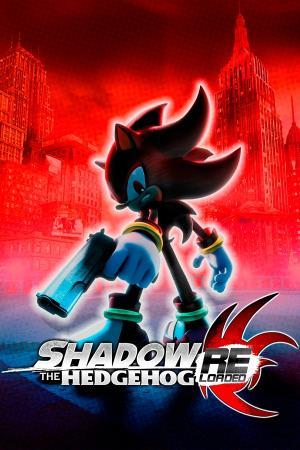
![The Legend of Zelda: The Wind Waker [Edition Limitée]](https://gm.egamedb.com/the-legend-of-zelda-the-wind-waker-edition-limitee-nintendo-gamecube-fct.jpg)
![Viewtiful Joe [Pink Version]](https://gm.egamedb.com/viewtiful-joe-pink-version-nintendo-gamecube-fct.jpg)
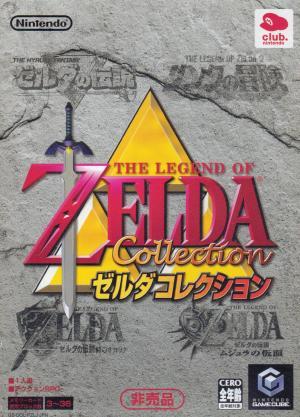
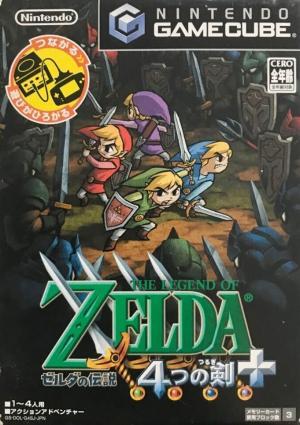

![Donkey Konga [Pak]](https://gm.egamedb.com/donkey-konga-pak-nintendo-gamecube-fct.jpg)
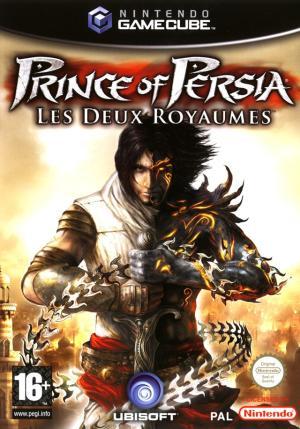
![Odama [Microphone Bundle]](https://gm.egamedb.com/odama-microphone-bundle-nintendo-gamecube-fct.jpg)
